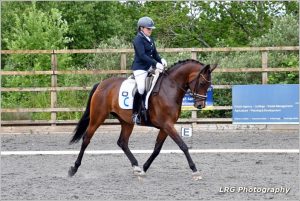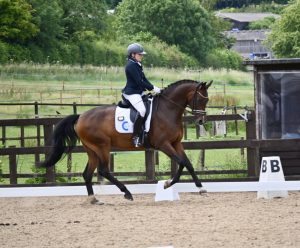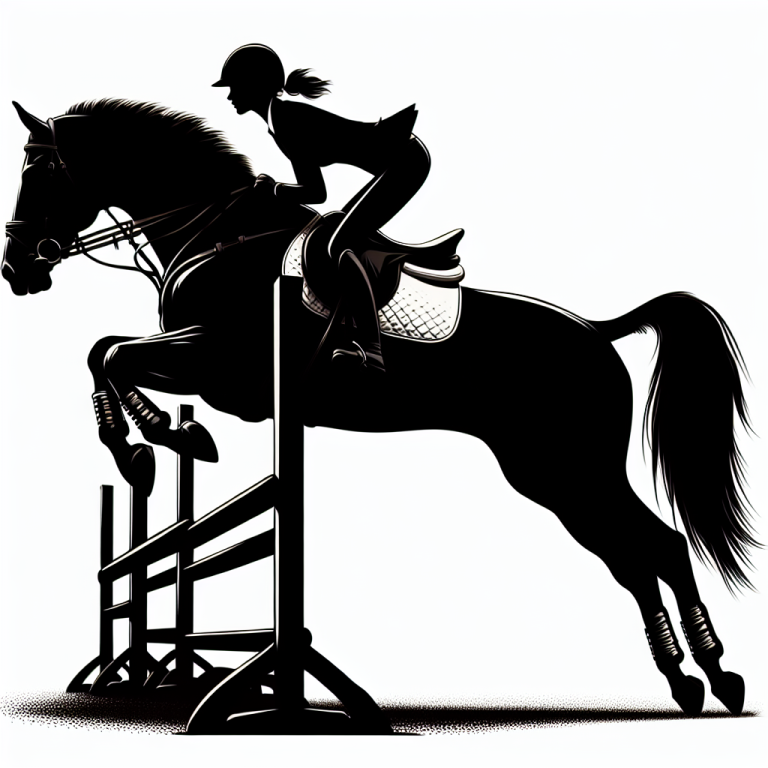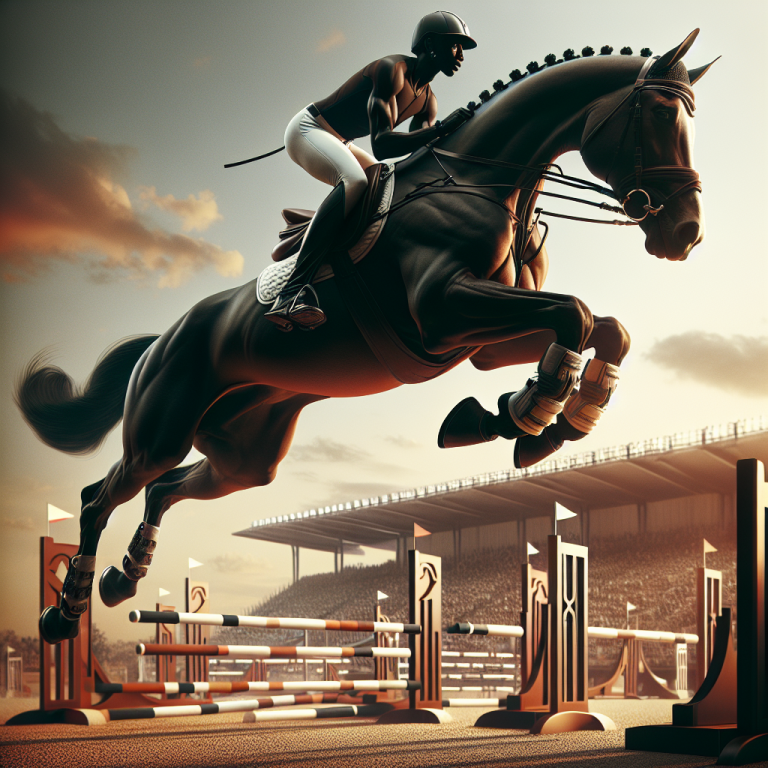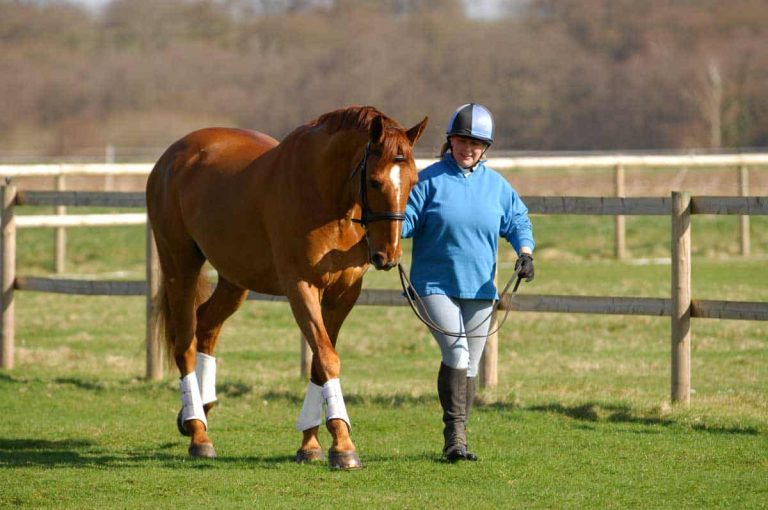So you’re curious about the difference between a trot and a canter, huh? Well, if you’ve ever watched horses gracefully galloping in a field and wondered how their movements differ, you’re about to find out. The trot and the canter are two distinct gaits that horses utilise, each with their own unique characteristics. From the rhythmic cadence of a trot to the flowing elegance of a canter, let’s explore the nuances of these two enchanting equine strides. By the end of this article, you’ll be equipped with the knowledge to identify and appreciate the subtle variations between a trot and a canter. So, saddle up and let’s embark on this delightful equine adventure together!
Table of Contents
ToggleDefinition of trot
A trot is a two-beat gait commonly seen in horses. It is a diagonal gait, meaning that the front and hind legs on opposite sides of the horse move together. The trot is a natural and symmetrical gait that is commonly used in various equestrian disciplines, such as dressage, pleasure riding, and trail riding. It is characterised by a rhythmic and bouncy motion, where the horse’s legs move in a diagonal pair, with one front leg and one hind leg hitting the ground at the same time.
Explanation of what a trot is
The trot is a highly versatile gait that can be performed at different speeds and tempos. It is a gait where the horse moves forward with its legs in a specific sequence. The front leg on one side of the horse moves forward simultaneously with the hind leg on the opposite side, creating a diagonal pair. As the horse trots, there is a moment of suspension when all four legs are off the ground. This moment of suspension gives the trot its distinct bouncing motion.
How a trot is performed
To perform a trot, the horse must lift and extend its legs in a coordinated and rhythmic manner. The front legs reach forward and the hind legs drive from behind in a push-off motion. The horse’s back will move up and down in response to the motion of its legs. The trot can be performed in different ways, depending on the discipline and desired outcome. It can range from a slow, collected trot with shorter strides to a more extended trot with longer and more powerful strides.
Different types of trot
There are various types of trot, each with its own characteristics and purposes. Some common types of trot include the working trot, extended trot, collected trot, and sitting trot.
- Working trot: This is a medium-paced trot commonly used in dressage and other equestrian disciplines. The horse maintains a balanced and steady tempo, covering ground efficiently while still being under control.
- Extended trot: In an extended trot, the horse’s strides are lengthened, covering more ground with each step. This type of trot is often seen in dressage tests and requires the horse to show power, elasticity, and ground coverage.
- Collected trot: The collected trot is a more collected and condensed version of the working trot. The horse maintains a shorter stride length but increases engagement and collection, demonstrating increased balance and self-carriage.
Benefits of trotting
Trotting offers numerous benefits for both the rider and the horse. It is an excellent way to warm up the horse’s muscles and joints, improving their overall flexibility and suppleness. Trotting also helps to develop the horse’s balance, rhythm, and coordination. For the rider, trotting provides an opportunity to refine their riding skills, including their seat, balance, and communication with the horse. It is a gait that allows for easier communication between horse and rider, making it a popular choice for training and schooling sessions. Additionally, trotting can be a great form of exercise, helping to improve cardiovascular fitness and core strength for both horse and rider.
Definition of canter
A canter is a three-beat gait commonly seen in horses, often referred to as a controlled gallop. It is a natural and forward-moving gait that falls between the trot and gallop in terms of speed and intensity. The canter is commonly used in various equestrian disciplines, including dressage, show jumping, and pleasure riding. It is characterised by a rocking motion, where the horse moves forward with three distinct beats: the leading front leg, the diagonal pair, and the trailing hind leg.
Explanation of what a canter is
The canter is a collected and flowing gait that allows the horse to cover ground efficiently while maintaining balance and control. It is a three-beat gait, meaning that there are three distinct moments of footfall. The leading front leg hits the ground first, followed by the diagonal pair of legs, and finally the trailing hind leg propels the horse forward. This unique footfall pattern gives the canter its characteristic rocking motion.
How a canter is performed
To perform a canter, the horse transitions from a trot or walk into a three-beat gait. The horse lifts and extends its legs in a coordinated manner, with the front legs moving in a larger sweeping motion compared to the trot. The horse’s back will flex and round as it moves in a semi-circular motion, creating a flowing and rhythmic canter. The rider plays a crucial role in maintaining balance and aiding the horse’s movement, using their seat, legs, and hands to communicate with the horse.
Different types of canter
Just like the trot, the canter can be performed in various ways, each with its distinct characteristics and purposes. Some common types of canter include the working canter, collected canter, and extended canter.
- Working canter: The working canter is a moderate-paced canter commonly used in many equestrian disciplines. It is a balanced and forward-moving gait where the horse maintains a regular and controlled tempo.
- Collected canter: In a collected canter, the horse shortens and balances its stride while maintaining impulsion and engagement. This gait requires increased collection and coordination, demonstrating the horse’s mastery of balance and self-carriage.
- Extended canter: The extended canter is a faster and more extended version of the working canter. The horse’s stride lengthens, covering more ground with each step. This gait is often seen in dressage tests and demands power, ground coverage, and elasticity.
Benefits of cantering
Cantering offers several benefits for both the horse and rider. It helps to develop the horse’s balance, strength, and flexibility, particularly in their hindquarters and back. Cantering also improves the horse’s cardiovascular fitness and stamina, as it requires more energy and effort compared to trotting. For the rider, cantering provides an opportunity to refine their seat, balance, and aids, as the horse’s movement becomes more dynamic and challenging. It can enhance the rider’s overall coordination and timing while strengthening their leg and core muscles. Cantering is also a thrilling experience, offering a sense of freedom and connection with the horse as they move together in harmony.
Differences between a trot and a canter
While both the trot and canter are natural gaits for horses, there are several key differences between the two.
Pace and speed
The trot is generally slower-paced than the canter. It is a more collected and controlled gait that covers less ground with each stride. On the other hand, the canter is faster and covers more ground, making it suitable for activities that require greater speed and momentum, such as jumping or cross-country riding.
Footfall pattern
In terms of footfall pattern, the trot is a two-beat gait, meaning that there are two distinct moments of footfall. The legs move in diagonal pairs, with one front leg and one hind leg hitting the ground simultaneously. In contrast, the canter is a three-beat gait, with three distinct moments of footfall: the leading front leg, the diagonal pair, and the trailing hind leg.
Stride length
The trot generally has a shorter stride length compared to the canter. The horse’s steps are more compact and collected in the trot, whereas the canter allows for longer and more extended strides. The longer stride length in the canter contributes to its increased speed and ground coverage.
Suspension phase
During the trot, there is a moment of suspension when all four of the horse’s legs are off the ground. This moment of suspension gives the trot its distinct bouncing motion. In contrast, the canter has no moment of suspension, as at least one leg is always in contact with the ground. The lack of suspension in the canter contributes to its flowing and rocking motion.
Rider’s position
The rider’s position differs between the trot and canter. In the trot, the rider can choose to either post, rising out of the saddle with each stride, or sit, remaining seated in the saddle. In the canter, the rider typically rises out of the saddle in a controlled and balanced manner, following the horse’s motion with their seat and hips.
Difficulty level
The canter is generally considered more challenging than the trot. It requires a higher level of balance, coordination, and timing from both the horse and rider. The canter’s faster pace and more dynamic movement require a greater degree of athleticism and control. Trotting, on the other hand, is often considered easier to learn and perform, making it a suitable gait for beginner riders.
Energy exertion
The canter requires more energy exertion from the horse compared to trotting. The faster pace and greater stride length in the canter demand increased energy expenditure and physical exertion. Trotting, in contrast, can be performed at a more relaxed and economical pace, conserving energy for prolonged periods of work.
Muscles used
The different gaits require the use of different muscle groups in the horse’s body. Trotting primarily engages the horse’s front and hind leg muscles, as well as the core muscles that stabilise the spine and maintain balance. Cantering, on the other hand, involves a more dynamic and coordinated movement, engaging a wider range of muscles, including those in the hindquarters, back, and abdomen.
Suitability for different activities
Both the trot and canter have their specific applications in various equestrian activities. Trotting is commonly used in dressage training, as it allows for clear communication between horse and rider, promoting responsiveness and suppleness. It is also frequently employed in pleasure riding and trail riding, where a steady and controlled pace is desired. Cantering, on the other hand, is favored in show jumping, eventing, and other disciplines that require speed, agility, and the ability to cover ground quickly.
Effect on the horse’s body
The trot and canter have different effects on the horse’s body. Trotting helps to develop the horse’s rhythm, coordination, and balance, as well as promoting the engagement and strength of their hindquarters. Cantering, with its greater speed and longer stride length, increases cardiovascular fitness, stamina, and overall muscle tone. It also provides a gentle strengthening exercise for the horse’s back muscles, particularly when performed in a collected and balanced manner.
Conclusion
In conclusion, the trot and canter are two distinct gaits with their own unique characteristics, benefits, and applications in the equestrian world. While the trot offers a collected and rhythmic gait that promotes balance, suppleness, and communication between horse and rider, the canter provides a faster and more dynamic gait that demands athleticism, speed, and coordination. Understanding the differences between these gaits can help riders and trainers make informed decisions about which gait to use in various activities and training sessions. So, whether you’re trotting in dressage or cantering over jumps, these gaits contribute to the beauty and versatility of the equestrian experience.

